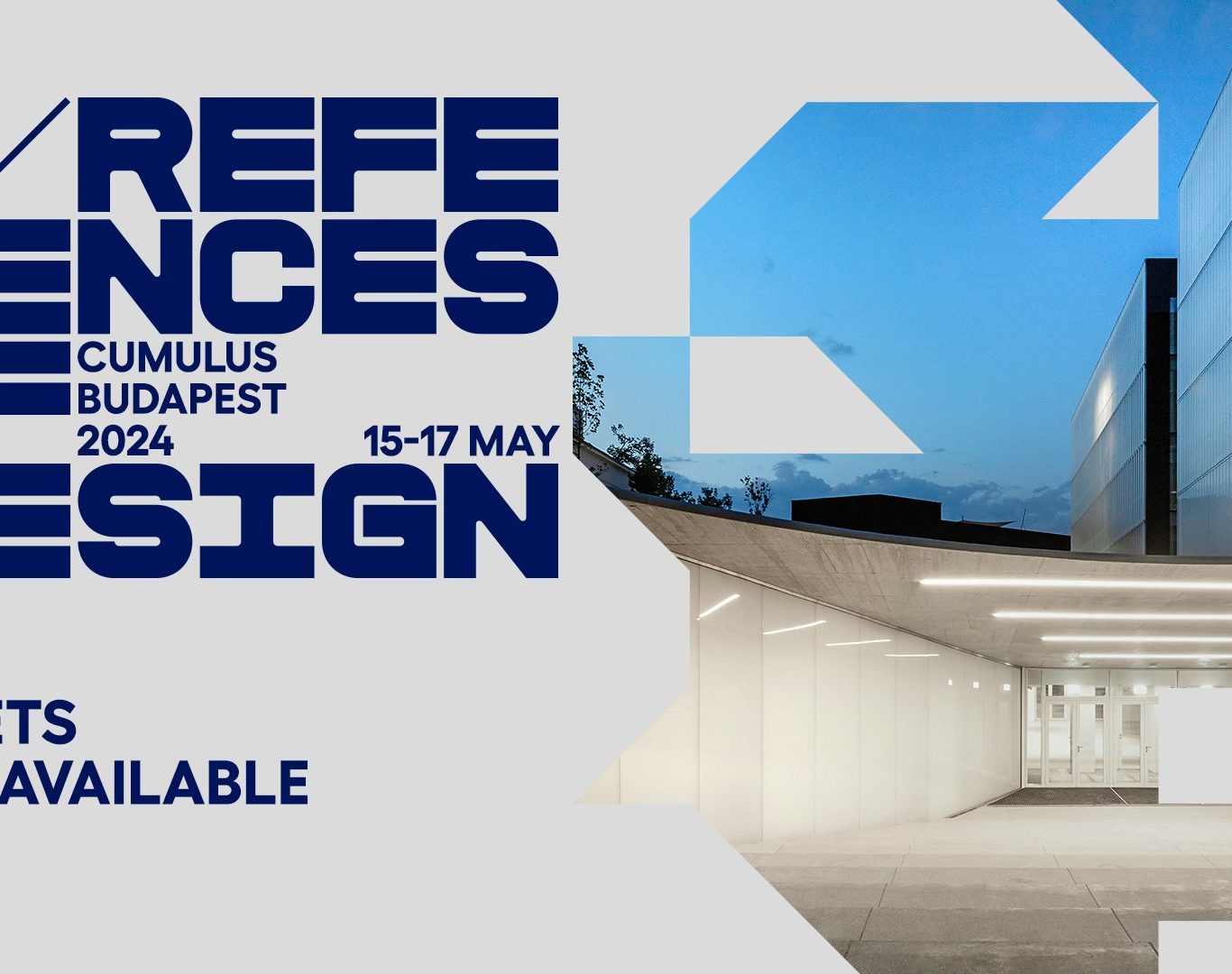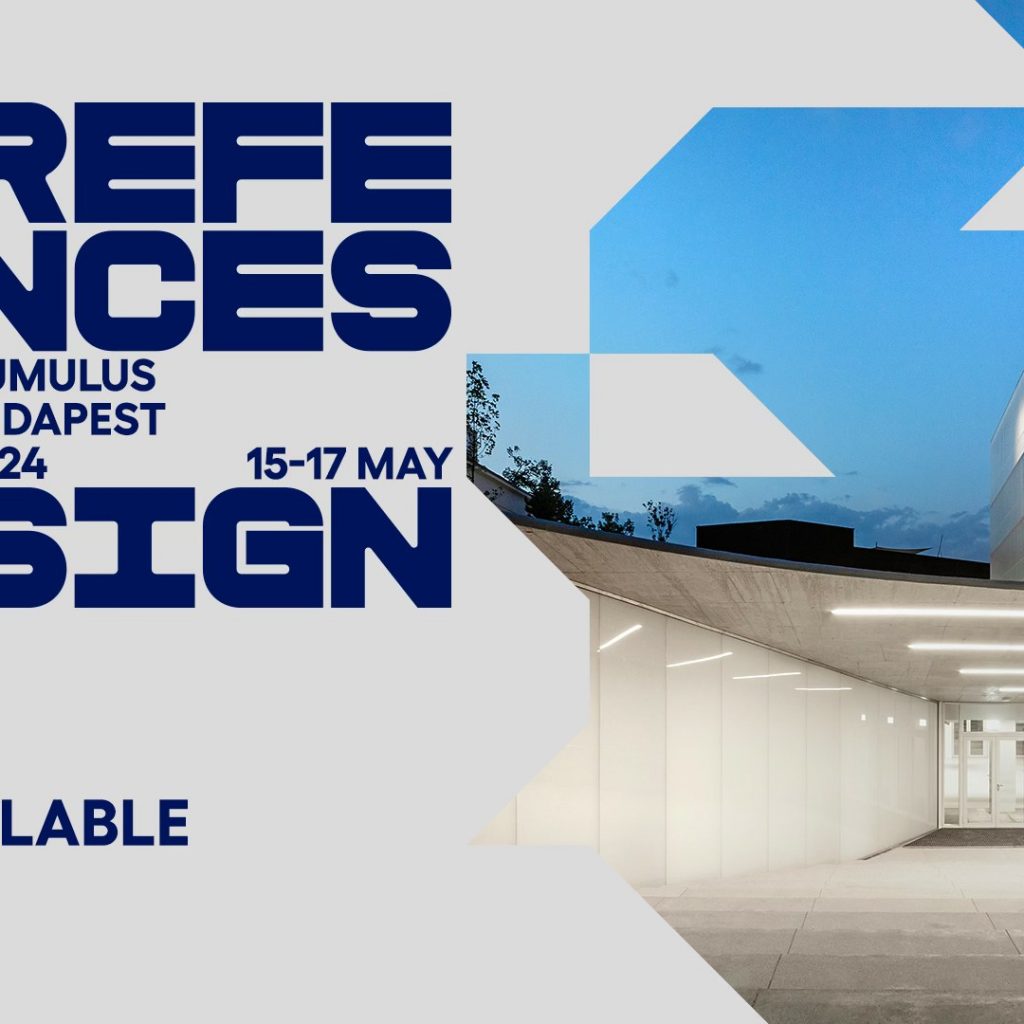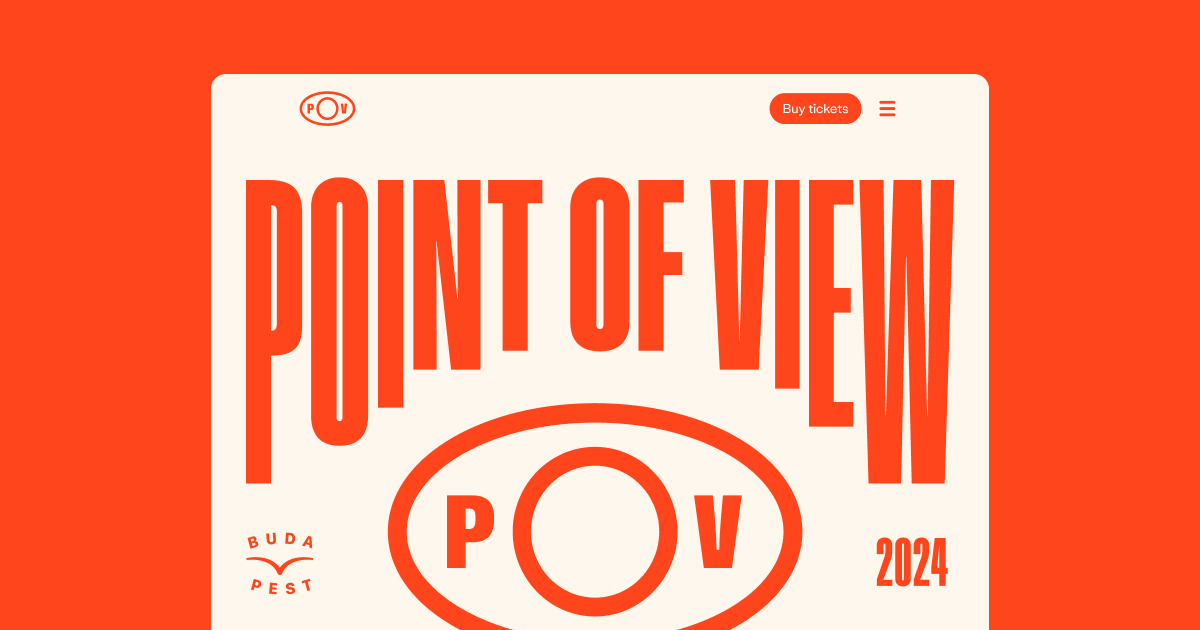

When the TikTok generation goes to university – Interview with Miklós Erhardt
What sets today’s teenage generation apart? Both as educators and parents, there’s a sense of urgency to reassess the methods employed in education to date. Even as an artist, programme lead of the MOME Media Design programme and teacher Miklós Erhardt was focusing on participatory projects. After his involvement with the Big Hope artist collective, he explored a more personal direction, showcasing his work at the Manifesta 7, the Wiener Secession, and apexart in New York, among others. He was able to apply his extensive experience in participatory projects, including those funded by the European Union in various methodological initiatives, such as PartGo, a collaborative effort of several international universities focusing on the practices and teaching of public art. In addition to education and art, he is also engaged in translation work, having translated Guy Debord’s seminal 1967 book The Society of the Spectacle into Hungarian twice, nearly twenty years apart. We asked Miklós about the challenges facing design and art education in view of the upcoming Cumulus Art and Design Conference, where he will oversee the Converging Bodies of Knowledge section.

You started out as an artist, and now work as a teacher at MOME. Do you reckon there’s a greater efficacy in cultural transmission through teaching?
I strive to balance both roles, even if it’s often challenging. My journey into teaching at MOME began over fifteen years ago, after I turned forty, and since then, I have slowly grown into it and gradually become more and more involved. One thing is certain: teaching gives you a more direct sense of making an impact. As an artist, my work often involved collaborations, leading me away from conventional individualistic fine arts. I focused on participation-based projects, with a great number of participants with whom I had daily interaction. This necessitated an educational approach and intercultural orientation, given that participants often came from social backgrounds very different from my own, or even from other countries. I believe I can apply all this to teaching as well.
The Cumulus conference will bring together a great many design culture players. What is the focus of the section you chair, Converging Bodies of Knowledge and what is it about?
The main theme of the section is advancing the convergence of diverse disciplines, forms of knowledge, and approaches in design and art higher education. Within the world of academia, the focus is increasingly shifting towards applied areas in research and education due to greater resource allocation. This presents a challenge even in the so-called ‘hard’ sciences, and even more so in the realm of ‘soft’ (social and human) sciences, not to mention creative education. We mostly welcome presentations that showcase good practices and creative, forward-looking ideas to counterbalance the trend towards specialisation. Design and art education offers fertile ground for this, where applied and autonomous concepts have long pushed against and often complementing each other in a productive way.
There’s immense pressure on institutions like MOME globally to prioritise design and leverage it for a competitive edge, and supporting it through effective corporate collaborations, as required by the dynamics of neoliberal economy. At the same time, there’s a push towards developing interdisciplinary relationships, as it has become evident that there are no easy answers. What are your thoughts on all this?
As you rightly point out, there are no easy answers here, and the draft presentations we’ve received show a great degree of diversity. It was intriguing to note the great many submissions from Asia, including China, Hong Kong, and India. High speed capitalism is currently booming over there, and the submissions indirectly show a lot of that pressure you mentioned. The authors approach the relationship between the academia and the business sector from a utilitarian perspective, with various case studies examining university programmes aimed at smoothing and increasing the synergism of the complex interactions between designers, clients, and other stakeholders. These submissions underscore the existence of an increasingly fierce competitiveness even within academia. Overall, we’ve seen much fewer utopian, holistic proposals. Measurability is a central factor in nearly every submission, as the increasingly neoliberalised academia is compelled to deliver measurable outcomes also in design and art education.
What trends do you perceive in connection with this phenomenon that also impact education?
There’s a widespread recognition that we are working in the face of various crises – economic, climatic, and beyond – requiring a huge mental effort into figuring out how to develop new educational models to adapt to this situation. All the while, I feel as though there were two meteors heading towards us: artificial intelligence and the alpha generation. When it comes to AI-based text, still, and motion-picture-generating software, the threat is all too palpable universally. Nearly every abstract submitted to Cumulus addresses in some form how to tame it while we can, incorporate into various co-design activities, and humanise it. At the same time, the quest for humanisation presents an intriguing paradox. While post-human thought argues that excessive anthropocentrism has contributed greatly to the current plight of the planet and there is at least as much talk about non-human factors as human ones, AI stands as an exemplary non-human actor that puts the question of humanisation in a different light. The other meteor hurtling towards us is the unforeseeable change that will be triggered by the rise of a generation primarily socialised through social media in higher education. I can feel this impact keenly, both on my own kid and my students.
How would you describe the essence of this shift? The practically addictivity-inducing ubiquitousness of screens does make a huge difference.
Indeed, higher education is heavily reliant on text, a trend that appears increasingly unsustainable as attention spans continue to decline, and historical awareness is eroded. At the same time, this generation – and not just the youngest members, based on observations over the past few years – possesses noticeably greater visual intelligence than the previous one, as well as a much more nuanced understanding of paradoxes, absurdity, and irony in visual images. This could give rise to new forms of knowledge. In this respect, the challenge is transitory yet severe, as there is a risk of disruption to the continuity of communication and knowledge exchange between older and younger generations.
How does this impact daily teaching practices, and what challenges does this present?
To me as an educator, this means giving up much of what my socialisation, education, and work taught me, not just in terms of lexical knowledge but also correlations. On the one hand, I must practice letting go; on the other, I must embrace unfamiliar contents and methodologies. I must strive to swim against the current, identifying areas where traditional media still hold value – for instance, our section will feature research exploring the role of handwriting in secondary school-level design education.
Preferences in design and art education have changed too.
Parts of this tremendous pile of issues will be covered in this section of the conference, with several proposed presentations focusing on younger generations. A great meany of the papers, mostly from Asia, deal with the practical applications of artificial intelligence in the education of young children and elementary school students. The prevalence of interactive children’s games and gamification has been a prominent trend for years, with specific case studies and research to be released on the subject. This could be particularly pertinent to teacher training at MOME, as young visual communication teachers graduating from here will encounter the TikTok generation sooner than their predecessors.
// /
More information about the Cumulus Budapest Conference 2024 on the event website
Photo: Zoltán Papp


